


Locating constellations in the night sky is a favorite pastime for stargazers. Once constellations are located, a study of the stars in the constellations yields stars of differing sizes, colors, and magnitudes.
Join Tom Campbell, BVAC member, as he highlights a prominent constellation and identifies the major stars in each formation. Click the button associated with each constellation and star hop to the constellation to study it in depth.
You will be leaving the Brazos Valley Astronomy Club website and going to our newsletter section so be sure to come back and visit us again.
CHAINED MAIDEN
The constellation of Andromeda contains many delights, including one of the most well-known galaxies. Messier 31, also known as the Andromeda Galaxy, is large and even visible with the unaided eye in dark skies. Objects include:
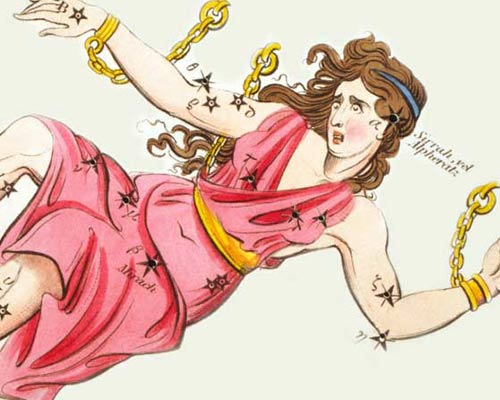
THE CHARIOTEER
Auriga is a rich area of the sky for both photographic and visual observers. Objects include:

THE SWAN
Nestled right along the backbone of the Milky Way, there are many celestial delights in Cygnus. Objects include:

THE TWINS
The constellation of Gemini depicts two brothers. The brightest two stars are the brothers' heads and are given their names. Objects include:
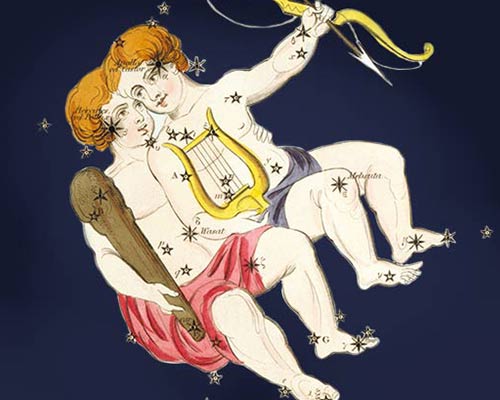
SON OF ZEUS
The constellation of Hercules lies north of the plane of the Milky Way and is home to a variety of celestial objects, including globular clusters, planetary nebulae and galaxies. There are actually two different asterisms located within Hercules. Objects include:

THE HUNTER
The three bright stars in Orion (Alnitak, Alnilam and Mintaka) that form a straight line in Orion's Belt are easily visible in winter evenings. Objects include:
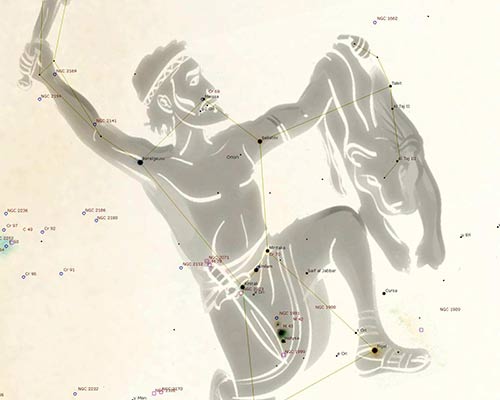
THE SCORPION
Nestled right along the backbone of the Milky Way, there are many celestial delights in Cygnus. You will see double stars, clusters, nebulae, and supernova remnants. Objects include:

THE GREAT BEAR
Ursa Major is one of the oldest constellations in our night sky. It is also home to one of the most well-known and most easily recognizable asterisms, the Big Dipper. Objects include:

THE VIRGIN
Virgo faces away from the plane of our Milky Way galaxy, so most of the celestial objects we find there are other galaxies. Objects include:

THE LION
The reverse question mark shape of his mane is easily recognizable in the spring sky. Objects include:
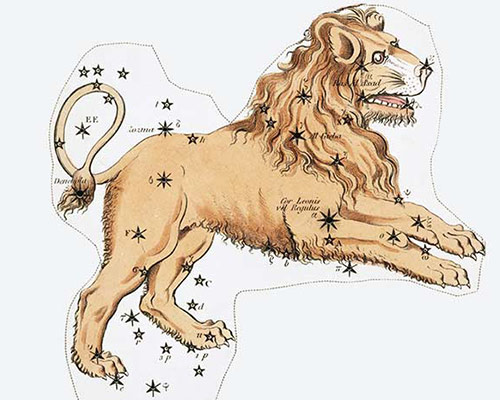
THE HARP
VEGA is the fifth-brightest star in the night sky, and makes Lyra one of the easier constellations to find in the sky. Objects include:
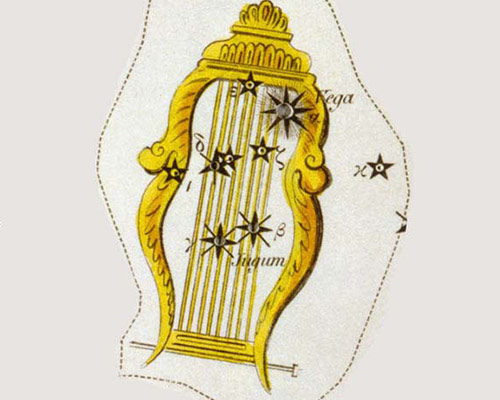
THE HERDSMAN
Located in the northern celestial hemisphere, it is one of the largest and most ancient in the sky. Objects include:
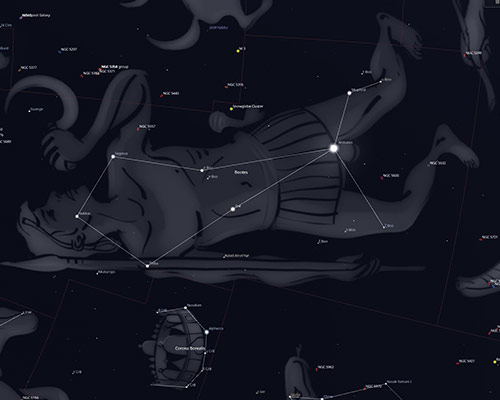
THE QUEEN
Cassiopeia can be seen in the northern hemisphere all year long and is in the shape of the letter W or the letter M. Objects include:
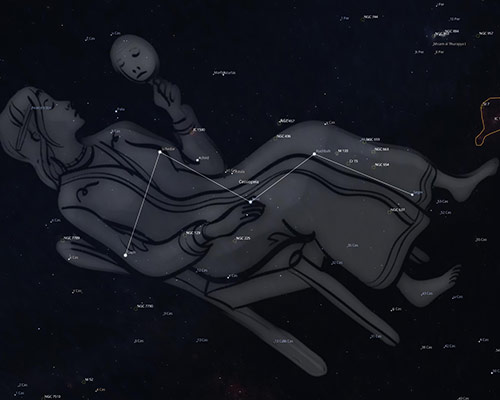

Big Dipper (Large Asterism of the Constellation Ursa Major) and Polaris Photo by Randy Light, M.D.